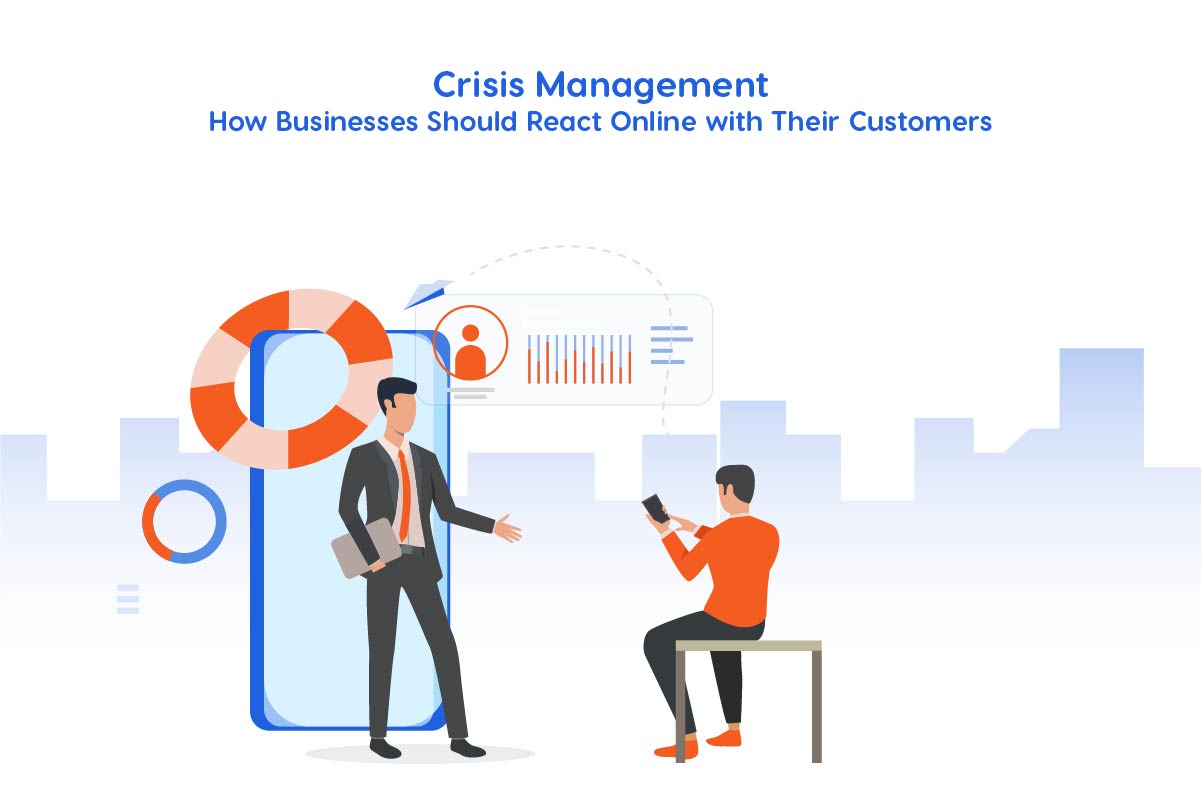Customers complaints are part of the process in any business. Does not matter good your products or services are, there would always come a time when a customer would have a problem or experience dissatisfaction. The manner in which an organization reacts to mistake forms its image, consumer retention and success in the future. Complaints should not be perceived as a problem, but rather as a chance to become better and create better relations with the customers by the business. Let’s discuss in detail how to handle customer complaints professionally.

Listen Actively and Patiently
Listening to a customer complaint with complete attention is the very first step in managing the customer complaint. The situation irritates many customers not only due to the issue but also because they believe that no one cares about their concern. By making them give you their time and letting them talk without disturbing them you are half way through solving the problem.
Why Listening Matters?
Stay Calm and Polite
Yes, managing emotions is one of the most massive issues when addressing customer complaints. Customers can even use harsh words and raise their voice or even talk in an angry way when they are frustrated. In these cases the way you react will determine whether the dialogue will resolved or become an argument. Being calm, professional and polite is not only good manners, it is also the way to save the reputation of your company and demonstrate emotional intelligence.
Why Calmness Matters
- If you react angrily to an angry customer, the situation quickly becomes a conflict instead of a solution.
- Staying polite, no matter how rude the customer gets, reflects maturity and strong customer service skills.
- When you remain calm, customers slowly start mirroring your energy and become more cooperative.
- Every customer interaction represents the company. A single rude response can damage trust and even go viral in today’s digital world.
Show Empathy and Understanding
Customers complaining are not necessarily angry, but are disappointed as well, since the expectations were broken. Even logic cannot do at this stage. The last thing that they require is empathy. The sense that someone genuinely realizes how frustrated they are and they are willing to help correct the situation. Empathy enables one to use a bad experience as a connection opportunity. It helps the customer in feeling respected, valuable and assisted. Professional response is not just an issue on how to solve the problem but also expressing real human concern. Learn more about importance of customer reviews.
| Instead of saying | Say |
| This is our policy, we can’t change it. | I understand how this policy affected your experience, let me see what options we have to make things right. |
Apologize Sincerely
An apology might seem like a small step, but it carries great power in customer service. When a customer faces a problem, what they really want is acknowledgment that their issue matters. A sincere apology does exactly that it shows that the company is responsible, cares about its customers, and is committed to making things right.
A professional apology is not about shifting blame or using cold, robotic words. Instead, it should be warm, genuine, and focused on the customer’s feelings. In many cases, a heartfelt apology can completely change how a customer perceives the brand turning anger into appreciation and even loyalty.
Why Apologizing Matters

Offer a Solution or Alternative
Apology will never be enough. Although apologizing will calm the customer, they demand something that will remedy the situation. The point where a business transforms words into results is where a business offers a solution. It demonstrates that the company cares about the customers satisfaction, and it cares more than the error itself.
The solutions do not necessarily involve refunding or replacing. At times, it involves being innovative, adaptable and open. Although you might not be able to sort the problem right now, telling the customer what you will do and when will put the customer at ease.
Example:
If a product is defective, offer a replacement, refund or voucher depending on company policy.
Follow Up With the Customer
Many businesses think that once a customer’s complaint has been resolved, the job is done. But in reality, this is only part of the journey. What truly sets excellent service apart from average service is the follow-up.
Following up after resolving a complaint shows customers that you don’t just care about closing the case, you genuinely care about their satisfaction and long-term relationship with your business. This simple step often turns an unhappy customer into a loyal brand advocate. Learn more about Chatbots role in Pakistani businesses.
Why Following Up Matters?
- Customers feel valued when you reach out after the resolution.
- A follow-up tells them, You are more than just a transaction.
- Sometimes the first fix does not completely solve the issue. Following up ensures the customer is truly satisfied.
- Customers are more likely to recommend a company that goes the extra mile.
Types of Customer Complaints Businesses Face
Not all complaints are the same. Understanding the nature of a complaint helps you respond better and faster. Here are some common types:
Product-related complaints
These are the most common complaints and usually happen when the product fails to meet the customer’s expectations. For example, a customer might receive a defective item, the wrong size or something that looks different from what was advertised. In such cases, businesses need to respond quickly by offering a replacement, refund or repair.
Service-related complaints
Sometimes the product itself is fine, but the experience around it disappoints the customer. Delayed delivery, rude staff behavior or poor after-sales support often fall into this category. To handle such situations, a sincere apology is the first step. Companies may also offer compensation such as discounts or free services and most importantly, they should retrain staff to ensure better service in the future.
Pricing Complaints
Customers may also raise concerns about prices, especially when they feel they are paying more compared to competitors. This doesn’t always mean the product is bad, but it shows that the customer does not see enough value for the money spent. In this case, businesses should explain the quality, uniqueness or added benefits that justify the price.
Policy-related Complaints
Every business has rules such as return windows or cancellation deadlines but sometimes customers find these policies unfair or inconvenient. An example is when a customer asks to return a product after the official 7 day period. Here businesses should politely explain the reasoning behind the policy but also consider flexibility in special cases. This balance keeps customers happy without weakening the company’s rules.
Expectation Gap Complaints
These complaints arise when the customer’s expectations, often shaped by advertisements or brand promises, don’t match reality. A person may expect a 5 star luxury experience but receive only average service. The best way to address this is by managing expectations more clearly in marketing messages and continuously upgrading services to truly deliver what was promised.
Final Thoughts
Handling customer complaints professionally is not just about fixing problems; it’s about building trust, showing respect, and turning unhappy customers into loyal advocates. Businesses that deal with complaints with patience, empathy, and professionalism gain a stronger reputation and competitive edge. Instead of fearing complaints, embrace them as valuable lessons that guide your business toward excellence. After all, a satisfied customer will share their positive experience with many others, and that’s the best kind of marketing any business can have.





